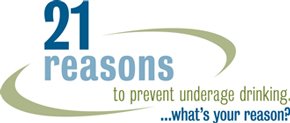 The Center for Science in the Public Interest has called for the National Collegiate Athletic Association (NCAA) to further restrict its alcohol advertising policy. The nonprofit compared advertising shown during the NCAA’s “Final Four” games and advertising shown during the Bowl Championship Series (BCS). The results demonstrated that
The Center for Science in the Public Interest has called for the National Collegiate Athletic Association (NCAA) to further restrict its alcohol advertising policy. The nonprofit compared advertising shown during the NCAA’s “Final Four” games and advertising shown during the Bowl Championship Series (BCS). The results demonstrated that"a higher percentage of beer ads appeared during the 2008 NCAA “Final Four” than during the 2009 BCS games. We found that 12% of all ads aired during the three NCAA “Final Four” games promoted beer, and beer represented the 2nd most advertised product category. In contrast, only 6% of all BCS game ads we monitored promoted beer, which was the 7th most-advertised product category."
Sports events are some of the most closely youth-watched television, and present an important opportunity for sports figures to role model for youth. “Collaborating with beer marketers and broadcasters to push beer consumption,” says NCIS, “undermines any prevention messages and demeans the missions of higher education and college athletics.” In addition, research has linked teens’ exposure to alcohol advertising with more frequent and heavier drinking.
More than 1/3 of NCAA member schools have signed a pledge to eliminate alcohol advertising from college sports. Doing so would help to create a safe, positive, alcohol-free environment for youth and college students on the screen and in the stadium.
(via JT Direct)

